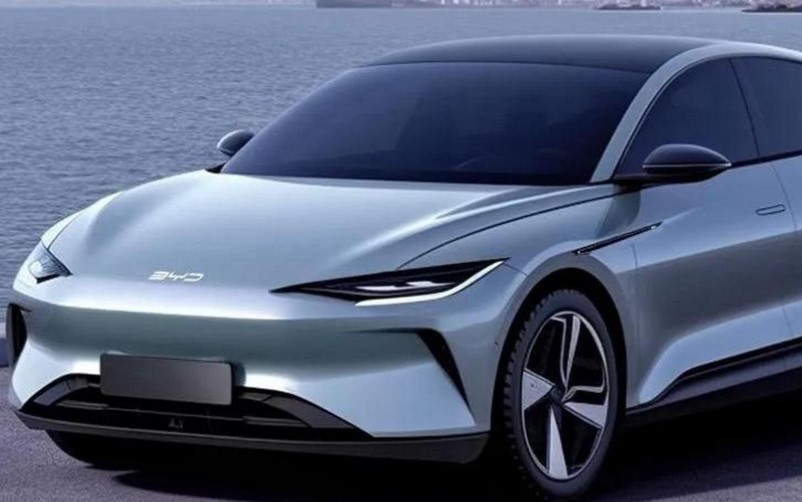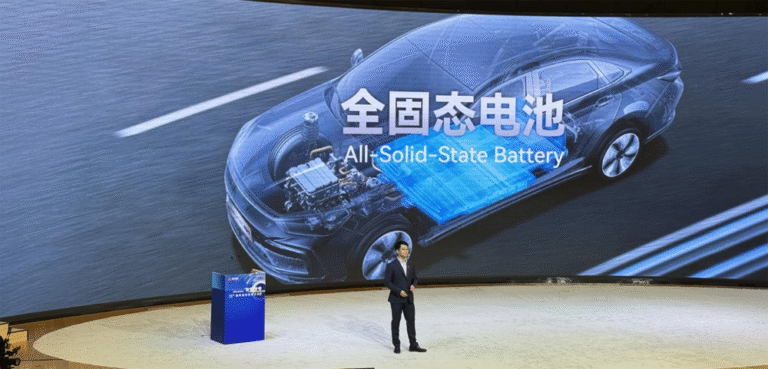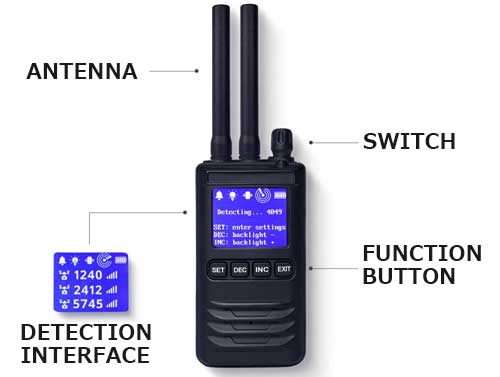BYD Company Limited Detailed Research Report ,2
2. Product Overview (Battery Technologies and Applications)

■ Battery Types: As a vertically integrated manufacturer, BYD develops and produces various types of rechargeable batteries in-house. Its flagship battery product is the Lithium Iron Phosphate (LFP) “Blade Battery”, an innovative LFP battery format used in virtually all of BYD’s current electric passenger vehicles.
BYD also has experience producing ternary lithium batteries (Nickel Cobalt Manganese, NCM), though these now constitute a smaller portion of its mix. In addition, BYD is at the forefront of next-generation chemistries: it is actively commercializing sodium-ion batteries and investing in their production capacity, and it is conducting R&D on all-solid-state batteries for future use.
- LFP “Blade Battery”: BYD’s Blade Battery is a unique LFP battery pack design consisting of long, thin prismatic cells arranged like blades in a pack (eliminating traditional modules). This design delivers exceptional safety and longevity. While LFP chemistry typically has lower energy density than NCM, BYD overcame this by using a space-efficient cell-to-pack configuration.
The Blade Battery pack achieves competitive energy performance – for example, enabling driving ranges up to ~600 km on a single charge in some BYD models. In terms of charging speed, current Blade Battery systems support fast-charging around 1C (full charge in about one hour). Moreover, in 2025 BYD unveiled a new platform with 10C ultra-fast charging capability (the “Super e-Platform”), meaning the battery can theoretically be fully charged in ~6 minutes with peaks up to 1,000 kW.
Cycle life is a major strength of LFP: the Blade Battery is rated for over 3,000 charge-discharge cycles (equivalent to roughly 1.2 million km of driving) while retaining usable capacity. Above all, the Blade Battery’s safety performance is industry-leading. In nail penetration tests, a Blade cell does not smoke or catch fire and its surface temperature stays between only 30°C and 60°C, whereas a conventional NCM cell explodes into flames under the same test.
This resistance to thermal runaway gives BYD vehicles a significant safety advantage, addressing consumer fire concerns and earning the Blade Battery recognition as one of the world’s safest EV batteries. - Ternary Lithium (NCM) Batteries: BYD has historically manufactured NCM batteries (high-nickel lithium-ion cells) which offer higher energy density than LFP. NCM batteries can exceed 200 Wh/kg at the cell level, providing longer driving range, but they are more expensive (due to nickel/cobalt) and can be more prone to overheating if not managed properly. BYD has largely shifted to LFP for its newer models due to cost and safety priorities, so NCM cells now make up only a small portion of its output.
However, BYD still utilizes NCM batteries for certain applications requiring very high energy density, and it retains the know-how to produce them. In consumer electronics (where weight is critical) and some premium EV models, NCM chemistry may be used. BYD’s NCM battery technology competes with that of suppliers like LG Energy Solution and Panasonic. While BYD’s focus has been LFP, its ability to produce both chemistries means it can adapt to different market needs and maintain technological parity with competitors on high-performance cells. - Sodium-Ion Batteries: BYD is a pioneer in sodium-ion (Na-ion) battery commercialization, which promises lower cost by replacing lithium with abundant sodium.
Sodium-ion batteries generally have lower energy density than lithium-ion, but offer advantages in cost, safety, and performance in cold temperatures.
BYD began ramping up sodium-ion development in 2022 via a joint venture (FinDreams and Huaihai) and, in January 2024, broke ground on its first Na-ion battery plant in Xuzhou, China, with a planned annual capacity of 30 GWh (a RMB 10 billion investment).
BYD aims to become the world’s largest supplier of sodium battery systems. It has also launched the world’s first high-performance sodium-ion energy storage system: the “MC Cube–SIB” grid-scale ESS, which uses BYD’s long blade sodium-ion cells.
This system offers 2.3 MWh capacity per unit and operates at 1200V, and BYD claims it has ultra-high energy density for Na-ion, exceptional safety, and long cycle life, thanks to the inherent benefits of sodium chemistry.
Sodium-ion batteries are expected to be deployed first in low-cost small EVs, two-wheelers, and stationary storage where energy density requirements are more modest and cost is critical. BYD’s progress in Na-ion technology – including plans to possibly use it in future entry-level EV models – could give it a further cost advantage in the mass market segment. - All-Solid-State Batteries: BYD is also actively researching all-solid-state batteries, which are widely seen as the next generation of battery technology. Solid-state batteries replace the liquid electrolyte with a solid one, potentially enabling much higher energy density and improved safety (non-flammable) if technical challenges can be overcome.
BYD has provided a clearer timeline than many peers: the company’s battery CTO, Sun Huajun, announced plans to begin pilot/demonstration production in 2027 and achieve large-scale production around 2030.
BYD has already produced a prototype 60 Ah all-solid-state battery cell in 2023, indicating tangible progress in R&D. Initially, solid-state batteries will be used in high-end models (due to high costs) around 2027–2029, then gradually in mid- to low-end models after 2030 as the technology matures.
The company acknowledges challenges such as manufacturing complexity and cost, echoing industry consensus that true mass production will take time. Nevertheless, BYD’s active involvement in solid-state research – alongside other innovators in China – positions it well to adopt the technology once ready.
For context, Chinese EV competitor NIO began deploying a 150 kWh semi-solid-state battery (360 Wh/kg energy density) in 2023 for its ET7 sedan.
BYD’s roadmap suggests it does not expect fully solid-state packs in commercial use until the latter half of this decade, aligning with a cautious but deliberate approach to this promising technology.






